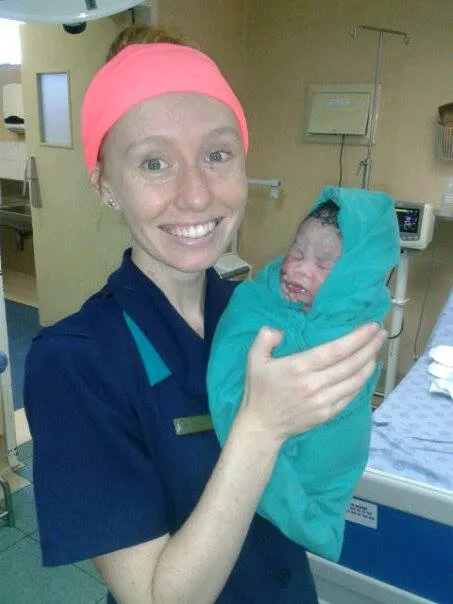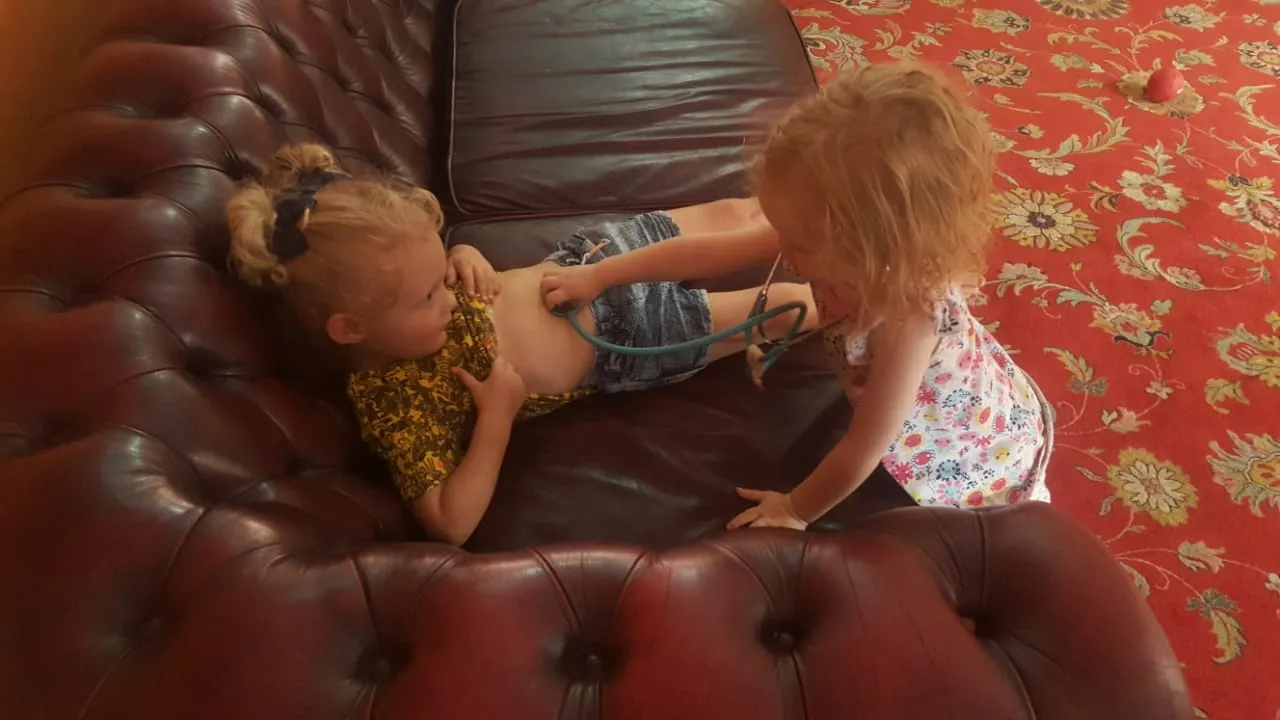So my foundation is mainstream, western medical training. As a nursing student, I didn't question what I was taught. I enjoyed midwifery, but it wasn't my passion as a student.
I'd like to give a brief description of how South Africa's pregnancy care works. We currently have two healthcare systems available to the population.
The public system --- Government-funded hospitals and clinics, so free of charge for any women who get care from this system
The private system --- Paid for by medical aid (that requires its members to pay a monthly fee) or by cash
In the public system clinics with Midwife Obstetric Units (MOU), midwives manage low-risk pregnant women, from antenatal care, to birth and postnatal care. In the hospitals, the midwives still manage the normal deliveries, but a doctor admits and discharges the mother and baby from the hospital. Only high-risk women are seen by doctors (although, if a high-risk woman has a normal birth, a midwife will still manage her birth); only in labours that don't go according to the textbook does a midwife call a doctor for an assessment; and obviously, C-sections are also done by doctors. So normal birth is managed by midwives, in the public system.
In the private system, a pregnant woman sees a doctor (usually a gynaecologist) during pregnancy, for birth and postnatal visits. Doctors manage every aspect of the women's care, whether they are low- or high-risk. Obstetric nurses run the labour wards of private hospitals, and only manage deliveries if the doctor does not arrive on time.
There are a few private birth centers and private midwives that are practicing in South Africa, where women are cared for by midwives throughout their pregnancy journey. I feel that this is the best route to go for the majority of pregnant women, because of the research backing midwife-led care for pregnant women (I will go into detail about this in a future post).
After completing my degree, I worked at a 24-hour clinic with an MOU in a township, called Ikageng. I was one of the midwives who saw low-risk pregnant women throughout their entire pregnancy, helped with their births and post-partum stage. After a year, I started working as a midwife in Potchefstroom's public hospital. 
This was just after my natural-health awakening, and I started researching more about pregnancy and birth. I found that a lot of what was done in practice was not backed up by evidence at all. For example, we were taught as students to immediately clamp and cut the baby's umbilical cord the moment the baby is born. In babies that have the cord around the neck, we would clamp and cut it while the babies' heads were out and the bodies were still inside the birth canal!!! By now, everyone knows that delayed cord clamping is best for babies, but it is taking an extremely long time for this practice to be implemented. Another example is that mothers are forced (I know that word sounds harsh, but it really is the case) to give birth lying on their backs, whereas the research shows that a mother should assume whatever position she would like to be in.
So when I started seeing all these contradictions in the research and in our practice at the hospital (all the hospitals that I had worked at had these same contradictions), I decided that I would treat all my patients according to what I had discovered was best, instead of how I was taught and how everyone else was doing it!
This, of course, caused a lot of disturbance in the ward where I worked. One of the gynaecologists was so furious when he saw a woman squatting to give birth, that he firmly told me to stop doing "my experiments" in his ward. The thing is, my patients started having such good outcomes, that a lot of the other staff noticed it and even advocated for me, which was very encouraging, to say the least. There were a few doctors who really supported me and my growth as a midwife, and I am very grateful for them. One doctor was paging through our files in the ward, and she noted that my patients hardly every require stitching for tears after normal deliveries, compared to the other midwives' patients, and said that it can definitely be attributed to the fact that they can give birth to their babies in any position that they please.
I also did a lot of other "controversial" (against policy, but backed up by research) things in the ward, but I'd like to dedicate a post to evidence-based practice vs current hospital policies.
Naturally, as I went deeper and deeper into the research, I came across this new world called home birth. I knew that I needed to throw myself into that world, and I then became Potchefstroom's first full-time home birth midwife. My sister-in-law was my first client, and she had a wonderful short and pain-free labour in the early hours of a very cold winter morning. I have since then been with 18 women who chose to give birth at home (I'm counting myself as well). After the birth of my daughter, I scaled down tremendously to dedicate my time to her, in these vital early years. My daughter is two years old now, and I hope to include her in my passion as much as possible, as she grows up. So far, she loves what I do and is intrigued by every part of midwifery! Here she is listening to a "baby" in her cousin's tummy (this cousin is my first home-birth baby, the one I mentioned earlier). Here's a clue to another quirk of mine... I don't use doppler to listen to babies' heartbeats!!
